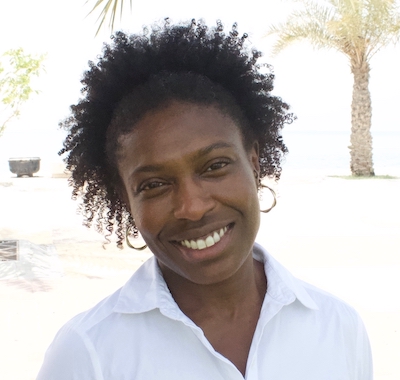Learning Theory: Constructivism in the classroom

Constructivism is based on the idea that learners construct their knowledge and understanding through experimenting or experiencing, utilizing what they already know to derive further knowledge and understanding. As a result, no two students’ understanding and knowledge should be 100% identical.
I generally enjoy the process of tinkering, and I enjoy watching others tinker and learn through discovery as well. What I have come to understand about the constructivist approach is that there has to be serious buy-in by stakeholders. Because it is so learner-centered and learner-driven, if that learner is not independent or self-driven enough, very little exploration and almost no learning will happen.
I learned that as an instructor, I’ll need to know the hard-limits of my students when it comes to their patience with failure and willingness to explore. To properly implement this approach, I will need to have students who are curious or who are willing to at least try and be curious. I also would need support from the administration in terms of a wide berth for assessment and materials so that students can stretch as far as they need. In my current and anticipated context, I don’t see this being fully supported due to time constraints and cultural expectations. At most, I might introduce some new concepts and do some small projects in the constructivist approach.
Making artifacts and then sharing and discussing lets students learn by doing, which is an almost guaranteed way to instill knowledge and deepen understanding. Students get to ask questions and find their answers. Because no two students’ learning will be identical, instructors need to know exactly what type of information should be derived constructively, if there needs to be a correct/incorrect result, and most importantly, how to give feedback. Students also get to help each other as they navigate through the project. I believe that independent learning is the best type of learning, under the right circumstances, and that the constructivist approach can provide a basis for life-long learning.
Building the portfolio site was super exciting for me because I know that a portfolio is incredibly vital to starting a career in Instructional Design. I still have plenty to work on with it — more tinkering — but it was a fantastic starting point and I’m grateful that its creation was so early in this certification program. I don’t see myself using it for instructing students, but it’s a great repository for remembering what I’ve done and what could be done in a classroom.

Leave a Reply
You must be logged in to post a comment.